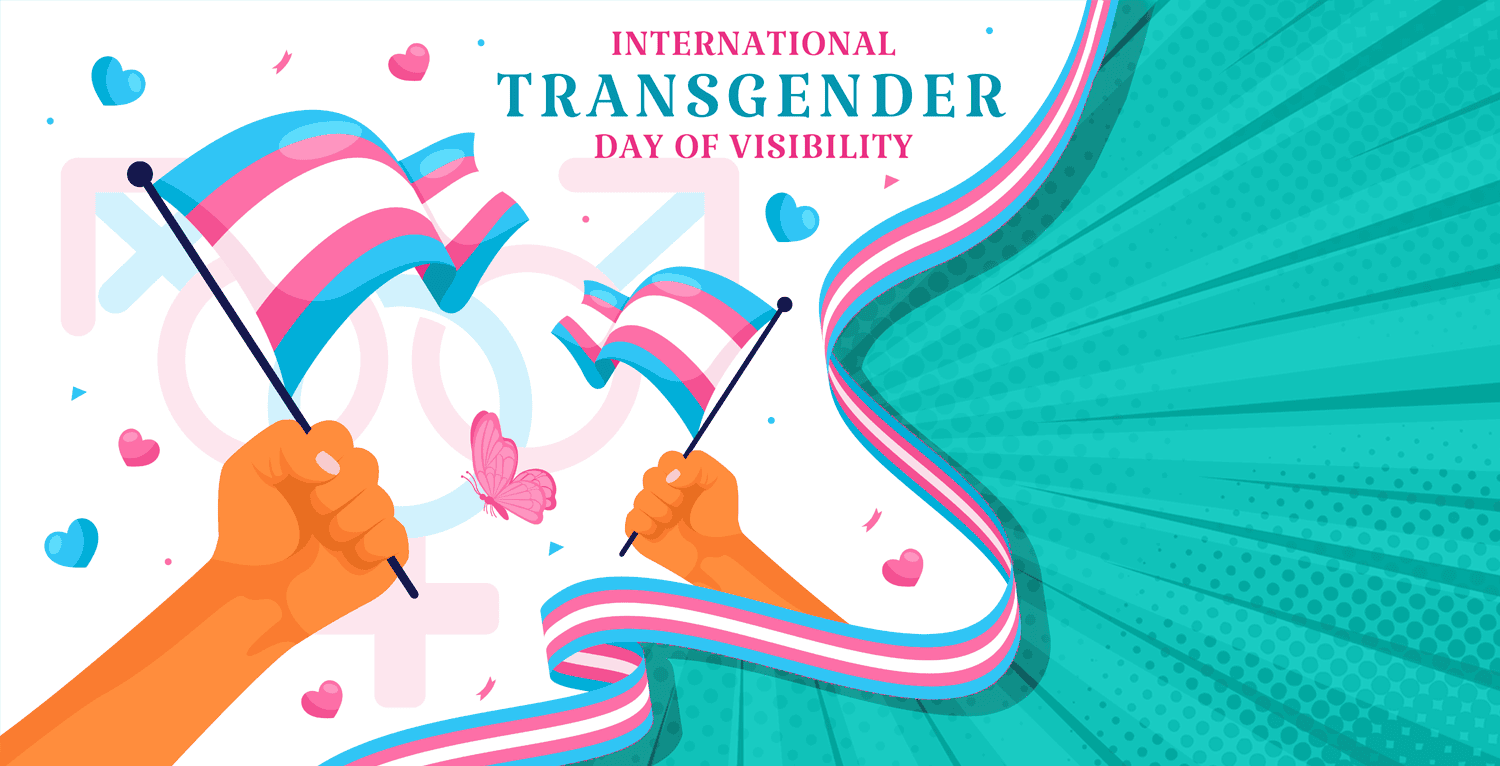Menu

Creating a Culture Where Transgender Employees Feel Safe to be Seen
As employers, one of the most fundamental responsibilities we are tasked with is fostering a workplace environment where all employees feel safe, valued, and empowered to be their authentic selves. However, for many transgender employees, the reality is quite different.
In the US, one study found that half of transgender and non-binary people hide their gender identity at work in fear of discrimination. And in the UK; a survey by Totaljobs conducted with YouGov discovered that a whopping 65% of transgender employees in the UK felt that they needed to mask their identity in the workplace.
It is these fears of discrimination, microaggressions, and outright exclusion that often compel trans people to make themselves ‘invisible’ at work, and it’s important for employers to be able to recognize when a transgender employee may be doing this. This self-erasure can emerge in behaviors such as:
- Avoiding Discussions about their Personal Lives – many trans employees refrain from sharing details about their identity, past experiences, or relationships to avoid having to answer uncomfortable questions or deal with any potential bias.
- Conforming to Cisnormative Expectations – some transgender people may alter their speech, clothing choices, or mannerisms to avoid standing out or being misgendered.
- Withdrawing from Social Interactions – fearing misgendering or invasive questioning, trans employees might disengage from workplace social events, team-building activities, or even casual conversations.
- Staying Silent on Discrimination – even when faced with workplace bias, trans employees may choose not to report incidents, fearing retaliation or skepticism.
Employers have a responsibility to ensure that they are creating a culture of belonging for transgender employees, as employees who cannot bring their whole selves to work can often experience heightened stress, diminished productivity, and an increased risk of mental health issues. So, what are some of the key steps that employers should be taking to ensure their workplace is a safe and productive environment for their transgender and gender non-conforming employees?
1. Implement Comprehensive Policies – ensure your organization has clear anti-discrimination policies that explicitly protect transgender and non-binary employees. This should include policies on name and pronoun use, dress codes, restroom access, and any transition-related support that they might need (such as flexibility for any potential medical procedures involved with their transition).
2. Provide Training on Gender Inclusivity – mandatory training for all employees on transgender issues can help combat ignorance and foster a more inclusive workplace. Topics should cover respectful language, avoiding assumptions, and understanding the importance of pronoun use.
3. Normalize Pronoun Use – encouraging the use of pronouns in email signatures, name badges, and introductions helps to normalize gender diversity. This can really help trans employees as it reduces the stigma surrounding the announcement or correction of pronouns and makes it a much more normalized practice.
4. Foster a Culture of Allyship – leadership and colleagues need to be actively supporting trans employees in order to achieve a culture of allyship. This includes addressing any discrimination and ensuring inclusivity in workplace conversations and events.
5. Create Safe Reporting Channels – many transgender employees hesitate to report discrimination or bias, and so it is paramount to establish confidential and trusted avenues for employees to voice concerns without fear of retaliation.
Transgender employees should never feel the need to hide who they are to succeed at work. Equally, whilst today is International Transgender Day of Visibility, true inclusivity is an ongoing and continuous effort that must continue long after one day. This will lead to a stronger workplace culture and enhanced team cohesion – two key drivers of organizational success.
If you would like to discuss how we can assist your company in conducting a cultural audit and plugging any inclusion gaps, please get in touch with us today!



